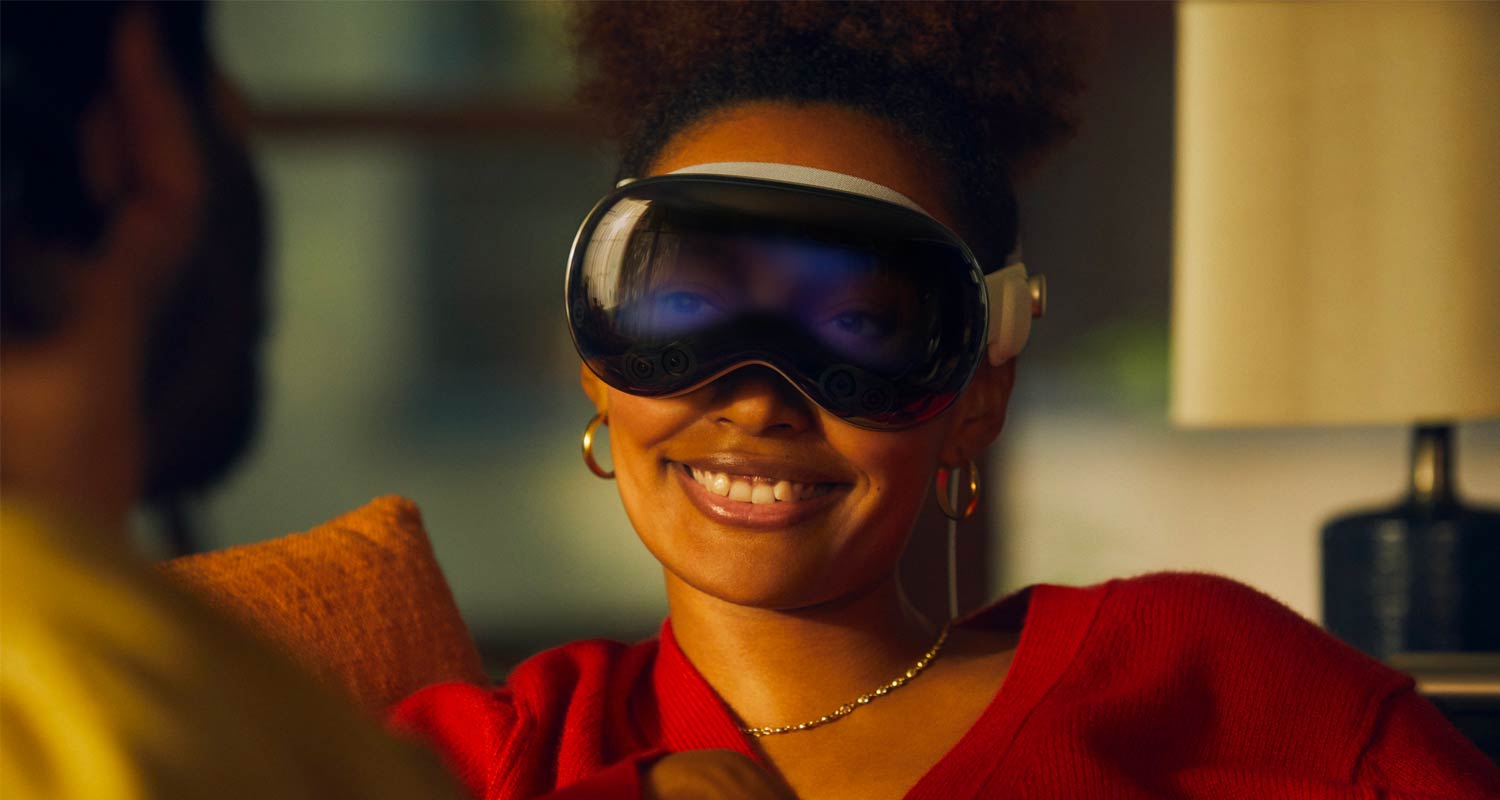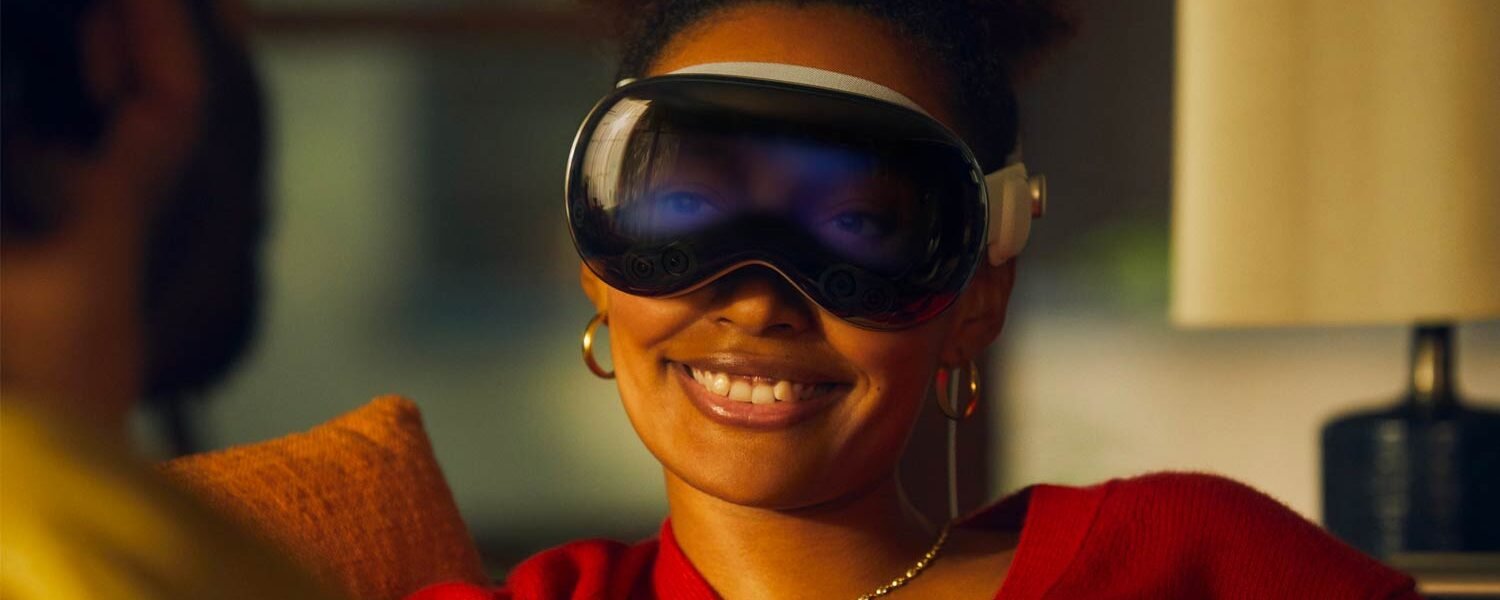
Apple’s new Vision Pro isn’t expected to be an overnight blockbuster product for the company, but it’s poised finally to answer a longstanding question: are consumers willing to wear a computer on their faces?
Until now, no product has settled this debate. Some gamers have embraced headsets that plunge users into virtual worlds, but devices from Meta Platforms and others have struggled to go mainstream. Even mixed-reality headsets, which meld virtual and real-world elements, have remained niche products. In fact, the overall headset market has been shrinking lately — just as Apple prepares to enter the industry.
That’s turned the Vision Pro, which debuts on Friday in the US, into a particularly crucial test. Though the US$3 499 device is costly and can be uncomfortable to wear over long stretches, it’s expected to show the potential of this product category. And that means even the Vision Pro’s competitors are rooting for its success.
“A large player like them jumping in is good because it legitimises the tech and excites the developer community in a way that smaller players are not able to do,” said Daniel Diez, chief transformation officer of headset pioneer Magic Leap. The attention that the Vision Pro brings into the market has created a “really good moment for us”, he said.
The biggest question will be whether the Vision Pro can set the stage for the new era of consumer technology — what Apple calls spatial computing. The company and its peers are already preparing for whatever comes next after the smartphone, and wearable technology is the most likely bet.
But this evolution will take years. Initial sales of the Vision Pro won’t be significant for Apple, which is poised to make almost $400-billion annually in fiscal 2024. Down the road, a cheaper and less bulky version of the Vision Pro may be more of a mainstream hit.
Today, the mixed-reality industry is dominated by devices from Meta, Sony and a handful of other companies. Meta, the social media giant behind Facebook, Instagram and WhatsApp, accounted for nearly 50% of the market in the third quarter, according to Counterpoint Research. Sony had 32%.
Track record
That includes headsets with both virtual reality and augmented reality, which superimposes data and images on real-world views. But no one has been able to maintain consumer interest.
Shipments declined an estimated 8% last year to about eight million, according to data from research firm IDC. A lack of compelling applications is one challenge, and many consumers don’t relish the idea of strapping goggles to their head.
But Apple has a track record of injecting new life into markets. About 42 million smartphones were shipped globally in 2006, the year before the iPhone launched. By the end of 2012, that number had grown to nearly 700 million, according to Gartner. The iPad, which debuted in 2010, essentially created the tablet market. Sales of such devices increased about 290% in 2011.
Read: Apple Vision Pro lacks consumer buzz
Then there’s the Apple Watch. In 2014, just before it launched, fewer than 10 million smartwatch units were sold. These days, consumers snap up more than 30 million of the watches quarterly. And the company’s AirPods have been a boon to the earphone market, inspiring rival devices from Google and Samsung Electronics.
At $3 499, the Vision Pro could be especially exciting for Meta, whose flagship Quest 3 headset is just $500. With Apple’s marketing prowess now promoting the mixed-reality category, consumers may get interested in the product but baulk at the price and seek cheaper alternatives.
 Google and Samsung are working on their own mixed-reality headset for release by 2025. Samsung is developing the hardware, while Google is working on a new operating system for the device.
Google and Samsung are working on their own mixed-reality headset for release by 2025. Samsung is developing the hardware, while Google is working on a new operating system for the device.
Still, the problems that have plagued other headset makers haven’t necessarily been solved by Apple. The Vision Pro is bulky, and some testers have found it too heavy to wear for long periods, making it hard to use as a laptop replacement — let alone a phone alternative. It also lacks support from some key streaming players, including Netflix, YouTube and Spotify.
So far, Apple has sold an estimated 180 000 Vision Pros during the pre-order period. That’s nothing compared with the iPhone, whose annual unit sales are measured in the hundreds of millions. But it’s a respectable number in the mixed-reality industry.
At roughly $3 499 a pop, that’s well over $600-million in revenue — just in the two-week period before the device even hits store shelves. Meta generated $210-million from its mixed-reality division during the third quarter of last year.
To spur further interest in its product, Apple has carefully orchestrated the sales experience at its retail stores. That will include 20- to 25-minute product demos that show 3D video and photos, panoramas and productivity apps in mixed reality. At the company’s largest US stores, Apple will be rolling out circular seating arrangements and carpets to provide testers with a living room feel.
Coming up with an alternative to the iPhone — or at least a way to supplement it — may be an increasingly urgent task. Already, the smartphone industry has begun to mature. And Apple faces particular challenges in China, its largest overseas market, which has imposed government bans on some use of foreign technology. The company’s sales have fallen for four straight quarters, its longest stretch of declines since 2001.
Read: Netflix snubs Apple, says no plan for Vision Pro app
Apple is set to report its holiday sales on Thursday, on the eve of the Vision Pro’s debut. Those numbers should give analysts and investors a sense of just how much it needs this product to take off. — (c) 2024 Bloomberg LP

